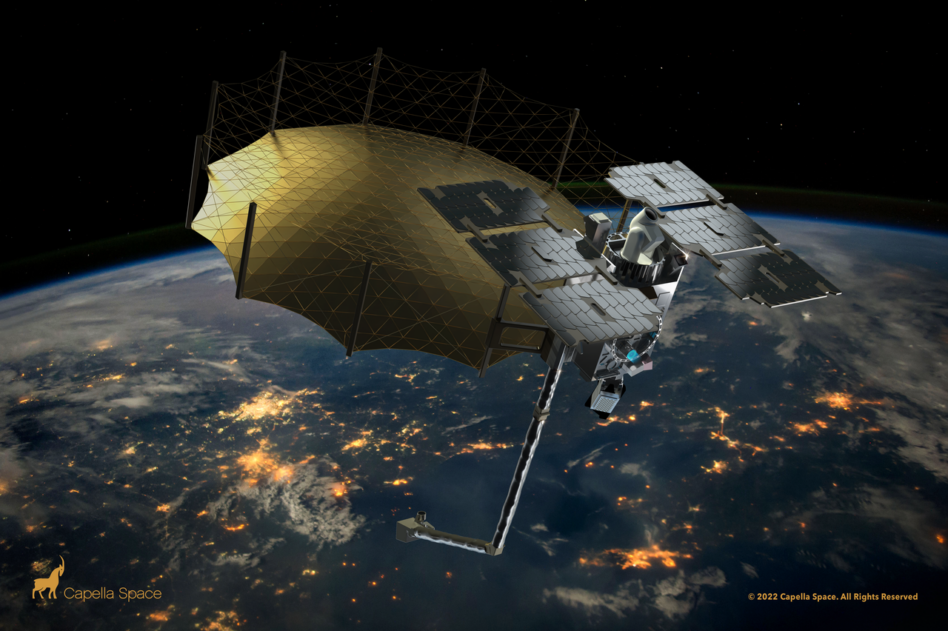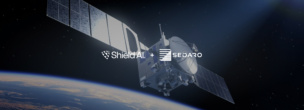San Francisco-based Capella Space has announced Acadia, its next generation of synthetic aperture radar (SAR) satellites. Capella’s SAR satellites can see through clouds and provide all-weather, 24/7 imaging. The startup primarily serves defense and intelligence customers.
Backstory: Capella launched Denali, a backpack-sized SAR satellite, in late 2018. Next came the 100-kg. Sequoia in Aug. 2020. More recently, Capella launched the Whitney subconstellation, consisting of satellites that are ~2x Denali’s size. Capella will start launching Acadia in 2023.
While we’re here: Capella is already calling the post-Acadia generation Bryce, CEO Payam Banazadeh told Payload, but the startup isn’t ready to share any details. Curious about the naming conventions? We were too. Capella uses national parks as sources of inspiration for constellation names, Banazadeh said.
Now, on to Acadia’s specs…
Better resolution + bandwidth: Acadia will boost radar bandwidth (500 MHz → 700 MHz), while also boosting resolution (slant range res @ 0.214m; ground range res @ 0.31m for standard look angles).
Higher quality: The company is augmenting power by 40+% in its new fleet. Paired with the bandwidth boosts, Acadia will enable Capella’s customers to tap into more granular SAR imagery and see more details from space.
Speed: Capella has two nifty tricks up its sleeve here:
- Firstly, its satellites already communicate overhead with Inmarsat GEO satellites to enable more rapid tasking of its equipment, rather than having to wait on ground stations to uplink new orders. Acadia will have upgraded antennas for speedier comms.
- Secondly, Acadia will also operate with optical inter-satellite links (OISL), which should significantly cut latency across the board.
Put it all together…
“We’re already the best on resolution and quality,” Banazadeh said. “We’ve found that putting all of our chips on those three variables: resolution, quality, and timeliness…is really the right bet.”
Capella designs, builds, tests, integrates, and operates its key components (like the radars). The startup clearly adheres to agile development doctrine and operates on 12–18 month development cycles for big component and satellite upgrades.
- Reaching economies of scale brings unit production costs down, Banazadeh said, to the point that it can offset the costs of adding new bells and whistles.
- In addition, Capella is also selectively building out specific software applications for its SAR datasets, like vessel, aircraft, car, and flood detection.
Runway? Doesn’t seem to be a problem. The six-year-old startup has banked $190M to date, most recently raising $97M in April.
“We actually have gotten so much interest from investors who want to put money in [just months later], because really, our business is just booming,” Banazadeh said. Demand and revenue are up and to the right and “margins are healthy.”




